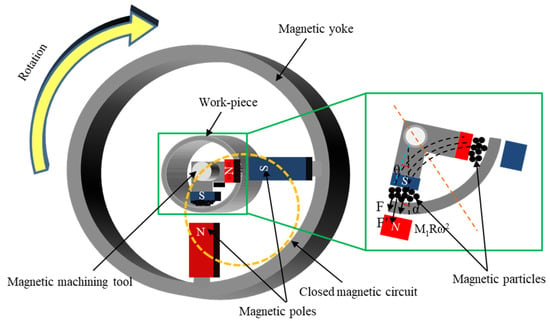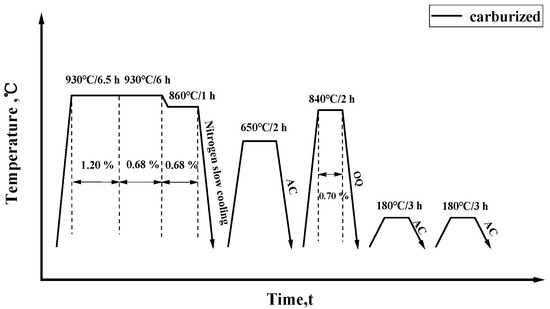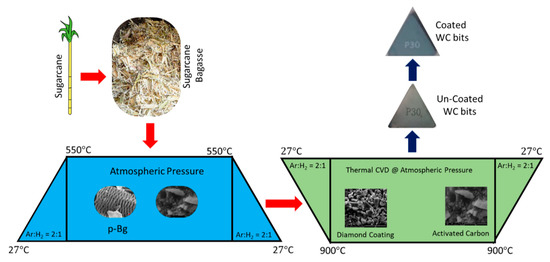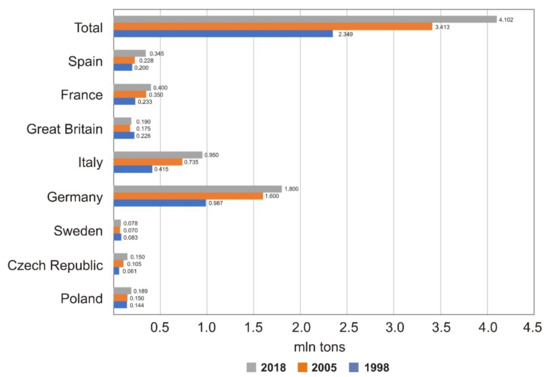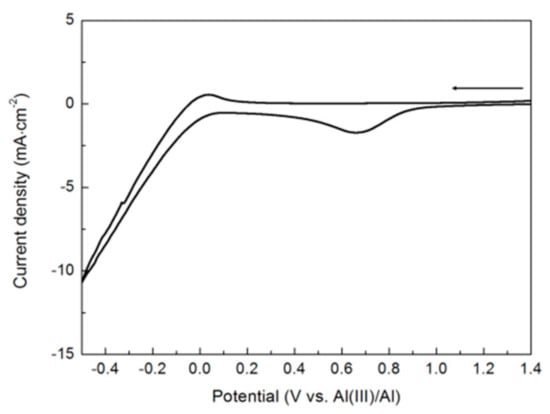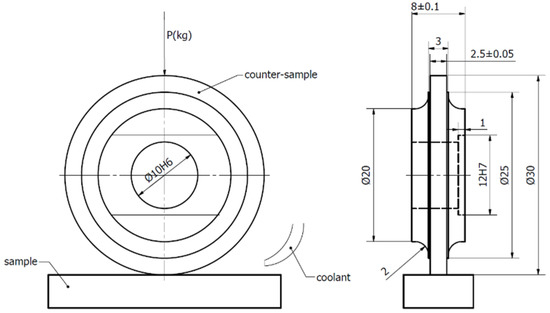Hard Protective Coatings on Tools and Machine Elements
A topical collection in Coatings (ISSN 2079-6412). This collection belongs to the section "Tribology".
Viewed by 23358Editor
Interests: PVD coating; hybrid methods; plasma processes; thin coatings; advanced materials; nanomaterials
Special Issues, Collections and Topics in MDPI journals
Topical Collection Information
Dear Colleagues,
Surface engineering, and above all thin Hard Protective Coatings, are one of the greatest achievements that have ensured the development of modern technologies. The rapid pace of development of many modern industries observed in the last several decades was determined primarily by the possibilities of surface engineering. Thanks to new material and technological developments for the creation of thin functional coatings, tools and machine elements could be better adapted to work in increasingly difficult operating conditions, e.g. under high mechanical and thermal loads, intense abrasive wear or corrosive environmental impact. Modern, highly specialized production systems, using new technologies, strictly defined materials, and required quality of their products and production efficiency, expect in the area of surface engineering, specialized solutions for their production needs. Such expectations of enterprises force the design of strictly dedicated PVD coating material solutions and the technology of their production for specific application areas. The conducted market analyzes show that there is an increasing expectation of enterprises for the implementation of technological developments in the area of surface treatment, aimed at production needs, taking into account both the type of production, machine park and related process parameters, the type of tools used and the materials processed.
In the scientific literature and at conferences, we observe many interesting examples of increasing the durability of various types of tools (e.g. cutting tools, forming tools, casting molds), as well as improving the functionality and durability of various machine components, e.g. in the machinery, automotive and aviation industries.
Towards this goal, we are assembling a Special Issue of Coatings: “Hard Protective Coatings on Tools and Machine Elements” to encourage researchers to exchange their experiences and to provide them with a platform to publish their novel studies. In my opinion, the Special Issue will also be an excellent source of coating solutions for modern applications.
The theme of this Special Issue “Hard Protective Coatings on Tools and Machine Elements” broadly includes (but is not limited to):
- novel anti-wear resistant coatings for machining difficult-to-cut materials (g. Inconel; titanium alloys, alluminium alloys and others);
- protective coatings and hybrid layers for hot forging dies;
- protective coatings for preassure casting moulds;
- high wear resistance and low friction coatings in machine elements applications;
- protective coatings with high temperature resistance in machine elements applications
Prof. Dr. Smolik Jerzy
Guest Editor
Manuscript Submission Information
Manuscripts should be submitted online at www.mdpi.com by registering and logging in to this website. Once you are registered, click here to go to the submission form. Manuscripts can be submitted until the deadline. All submissions that pass pre-check are peer-reviewed. Accepted papers will be published continuously in the journal (as soon as accepted) and will be listed together on the collection website. Research articles, review articles as well as short communications are invited. For planned papers, a title and short abstract (about 100 words) can be sent to the Editorial Office for announcement on this website.
Submitted manuscripts should not have been published previously, nor be under consideration for publication elsewhere (except conference proceedings papers). All manuscripts are thoroughly refereed through a single-blind peer-review process. A guide for authors and other relevant information for submission of manuscripts is available on the Instructions for Authors page. Coatings is an international peer-reviewed open access monthly journal published by MDPI.
Please visit the Instructions for Authors page before submitting a manuscript. The Article Processing Charge (APC) for publication in this open access journal is 2600 CHF (Swiss Francs). Submitted papers should be well formatted and use good English. Authors may use MDPI's English editing service prior to publication or during author revisions.







